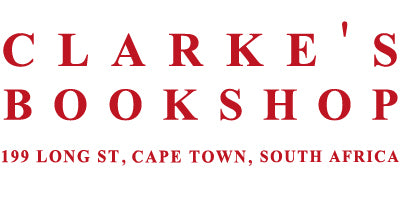CONCEPTUAL INTEGRATION, and educational analysis
151pp., illus., paperback, Cape Town, 2015
A collection of essays that explain how conceptual integration works and provide practical examples that can help educators grasp how to apply the process in practice.
"It is not often that educational researchers and classroom practitioners can see each other in one common narrative. Hugo and his team do it systematically and accessibly. The chapters in this book build a novel practice language which draws on the sciences (cognitive inguistics) and stretches on to the insides of the pedagogical process, prises it open and excavates its inner workings. In this book pedagogues can recognise the conceptual process they take to elaborate, compress, infer and blend ideas." Yael Shalem, Wits School of Education, University of the Witwatersrand
"Through a detailed set of cases, the book provides a fascinating account of the working of a particular aspect of pedagogy that lies at the heart of educational transmission - the shift from the experiential knowledge of the student to a specialized understanding of a discipline." Ursula Hoadley, School of Education, University of Cape Town
Contributions include:
"Using conceptual integration for educational analysis: a step-by-step guide" by Wayne Hugo
"Analogy but no disanalogy: the case of urban slums" by Carol Bertram
"Conceptual integration in the development of alphabet knowledge" by Clare Verbeek
"A Transforming Pedagogic Space: the school crest" by Jenni Karlsson
"When conceptual integration isn't: examples form mathematics education" by Iben Maj Christiansen.
Wayne Hugo is Associate Professor of Education at the University of KwaZulu-Natal.

